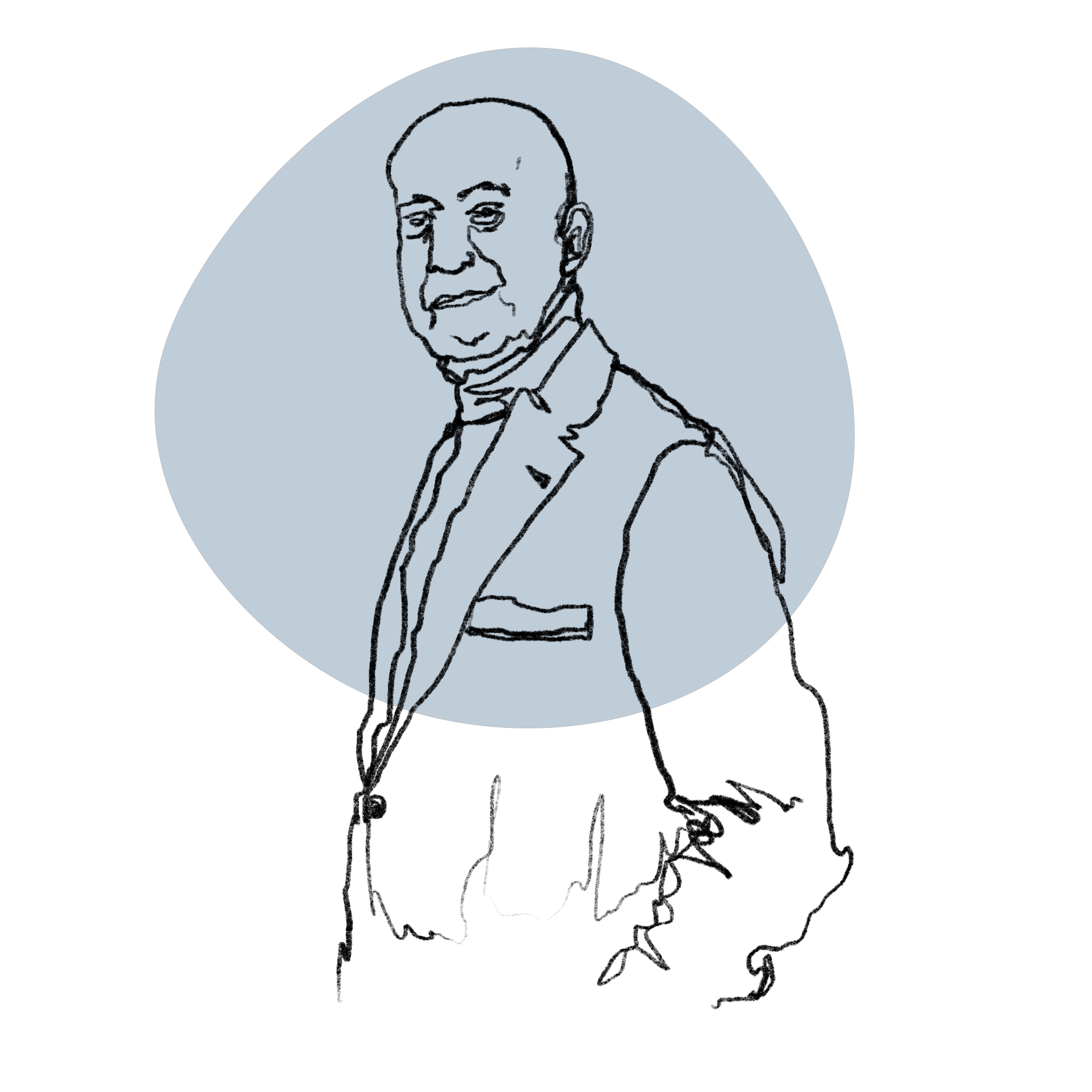If today we are experiencing the age of technological advancement, this is certainly also the age of obsessive attention to our personal image. Indeed, we have become incredibly attached to the meticulous and surprisingly detailed representation of things, and, first and foremost, of our own person.
One could say that the path that has led us to the present condition originated with an artistic current that more than others has laid the foundation for such an interest in our image. Born in the 1960s as an evolution of photorealism, hyperrealism is an artistic and cultural movement in which works of art appear almost indistinguishable from high-resolution photographs. Hyperrealist artists strive to capture every intricate nuance, texture and effect of light with remarkable precision, resulting in works of art that seem to transcend reality itself.
Unlike traditional realist art, which aimed to portray the world as it appears to the artist's eyes, hyperrealism seeks to present an enhanced version of reality, pushing the boundaries of what the human eye can perceive. A movement that is thus deeply rooted in technical mastery and requires immense skill and patience, as artists use various mediums such as oil paints, acrylics and even digital tools to create their hyperrealistic masterpieces.
Hyperrealist authors lately have access to high-quality reference images, digital rendering software, and advanced tools that enable them to achieve greater precision and detail in their works. Hyperrealism is an impressive demonstration of the author's technical skills and mastery of his or her chosen medium. The incredible level of detail and realistic quality of hyperrealist works inspire awe and inspire admiration from art enthusiasts and collectors alike.
So today, with the rise of social media and the spread of highly technical devices, we have all become hyperrealist artists to some extent, the only difference being that we focus on our own image or that of our experiences and present it in front of the global stage offered by channels such as Youtube, Pinterest, Instagram, etc. The goal is indeed the same: to try to excite the audience and achieve an impressive effect and viral visual impact.






.png)






